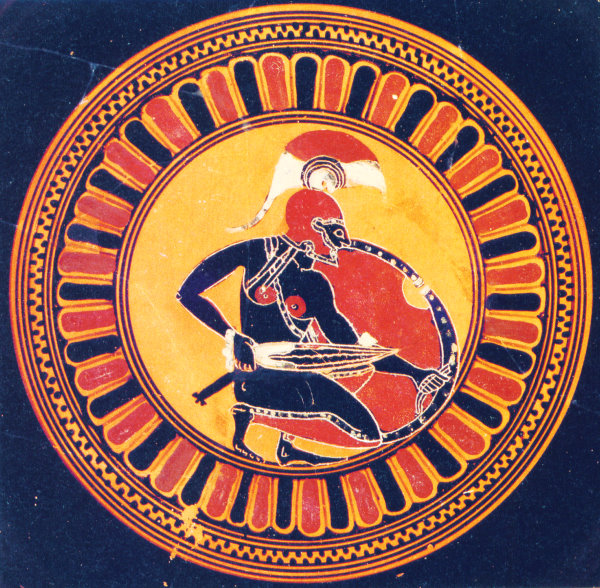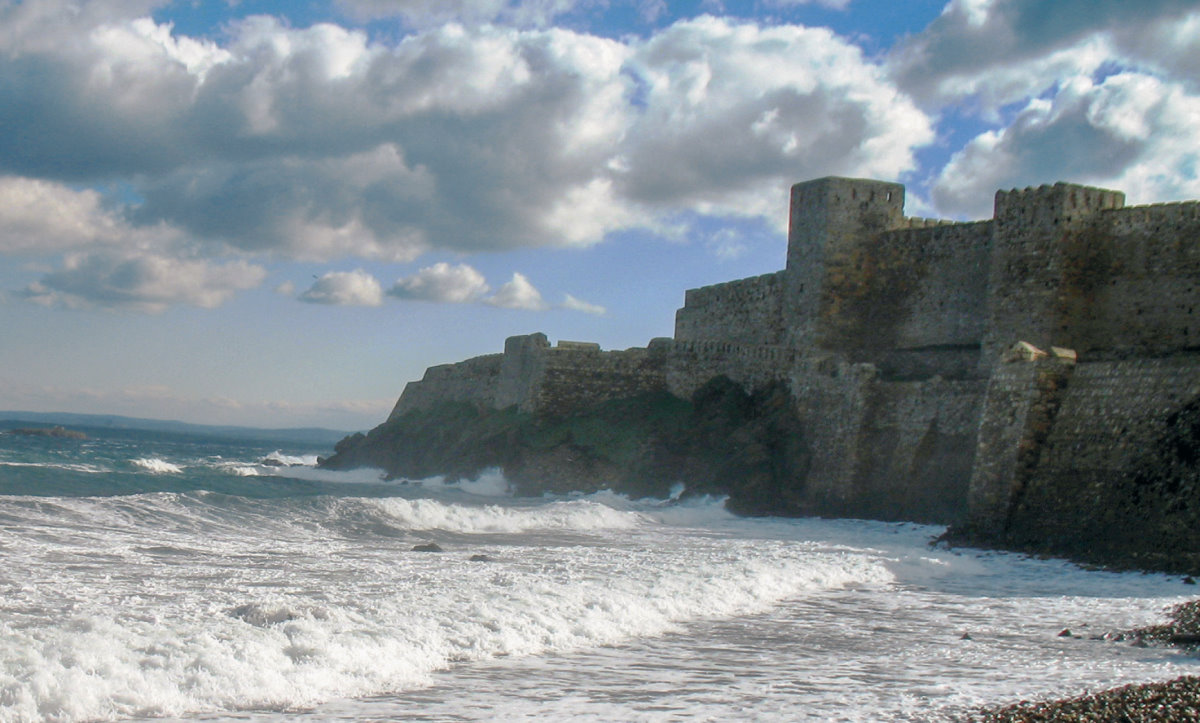
Ermanarich of the 4th century and the Attila of the 5th century seem like they lived around the same time. In a similar fashion, in the French legends Chanson de Roland, the aristocrats of the 10th and 11th centuries seem like they lived during the same period as the Charlemagne. In the Russian heroic songs that I mentioned above, different people from the 9th and the 16th centuries are shown to be contemporaries of Vladimir, who lived in 1100s. We can concede that confusions such as these happened in Greek mythology as well. Even if we accept that the heroes that joined the Trojan War are real, it is possible that they lived at different periods. These heroes might have been extracted from different legends and placed into one big heroic legend in time.
Let us give one more striking example from the Germanic legends: there are two different Nordic legends that talk about a king of Hun, Atli (this is known to us as the ruler Atilla). Atli was married to a Burgundy princess, Gudrun. After they got married, he sends a fake invitation to Gudrun's siblings Gunnar and Hogni. Gunter and Hagen are known from the Nieblungslied. Gunter is historically known as the king of Burgundy, Gundihari. Atli's spouse Gudrun warns her siblings about a trick, but the siblings still come. Atli has both of them put in jail and tortured; his goal is to learn where the Niebelungen treasure is located. The two siblings do not speak despite the torture and they are killed. Gudrun swears vengeance. One evening, while Huns have been eating and enjoying themselves at Atli's palace, Gudrun prepares for Atli and the guests some kind of meat, and after dinner, she tells Atli that the meat that they ate was the body of his two sons. Atli is too drunk to respond. When it is night, Gudrun kills Atli with a sword, sets the palace on fire after she wakes the slaves. All soldiers of Atli die and her revenge is complete.
This is how the legends of Nordic regions go. If there were no other resources around, we would not have known how much of this was real, but only been able to say: perhaps there was a king named Atli at some period in time; after defeating the Burgundies he married their princess, and the vengeful princess courageously killed Atli with a sword that she brought to their bedroom.
Thankfully we have reliable resources on the death of Atilla; Byzantine historian Pricus, who knew Atilla personally, writes the following on this issue: It is 454. Atilla indeed marries a very beautiful Germanic girl. The name of this girl is not Gudrun but Hildico, and she had no relation whatsoever to the Gundihar of Burgundy, because Gundihari was in fact enslaved and then killed by another Hun ruler seventeen years before Atilla. Attila drinks a lot on his wedding night, as usual. The next morning, Atilla does not come out of his bedroom and it starts to get late. Because there is no sound in there, the guards go inside. Atilla lays on his bed in blood, he is dead; Hildico cries on the corner. But there is no sword around or no wounds of Atilla's body. The Big Hun emperor had a nosebleed as usual and was drown in his own blood while he was asleep.
In some later resource, it has been indicated that the belief that Atilla was murdered by his wife become more popular. In fact, this goes along with what people thought about in the first place. When the bodyguards go inside, they find Atilla covered in blood. While the investigations demonstrate that it was a natural death, the belief that the murderer was the Germanic bride has continued. This version naturally was dealt with in Burgundy and other later Nordic legends.
What is the conclusion to be drawn from all this? In the Troy myth, can we say that Agamemnon was not killed by his wife Clytemnestra after he came back from the war, but he might have slipped on a bar of soap, hit his head and died while he was taking a bath? Of course not. However, we can say the following: in the legends Atli's death is willfully presented as a revenge, just like Agamemnon's death. This is the peak of what these two old stories have in common.
